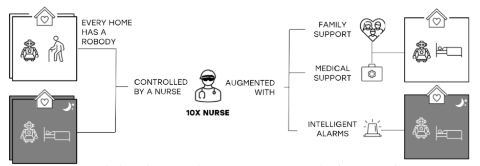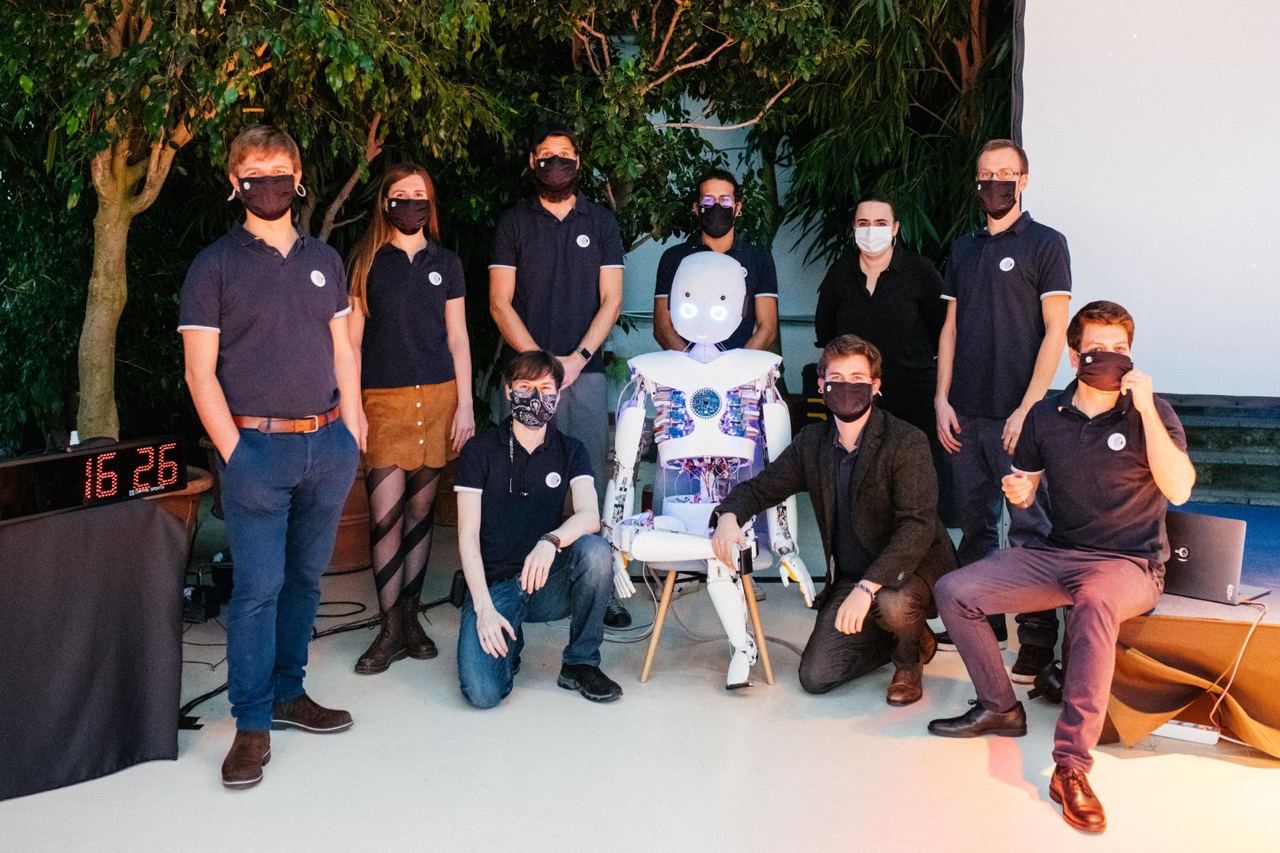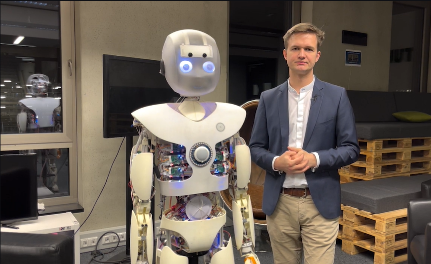Devanthro - The Robody Company: From a motivated student team at TUM to tackling real-world problems
In an exclusive interview with Rafael Hostettler, Founder, and CEO of Devanthro – our partner for several years and the company behind the humanoid robot known as Roboy we learn about the latest updates and the newest projects from the team.
Since the pandemic outbreak, there have been many changes in the world, and the past two years have been difficult for many of us. What have been the consequences and learnings for the Devanthro team?
It has been very tough for us as well, as we were present mainly through fairs and cool PR events, and the pandemic has wiped that out. We have consolidated a lot, and now we have a very different approach; we are shifting our focus from conducting ground research in bio-inspired robotics to commercializing our existing technology to solve pressing problems.
We have looked at many potential markets for our product, and healthcare, particularly home care, is where we see the most benefit from our technology. Firstly, we have far more experience interacting with people than most robotics companies out there. Secondly, we are not only good at building robots but also building robots people love. We want to maintain this feature and adapt it to a business model that attracts investors, and the caregiving market enables this.
How much closer is the newest version Roboy 3.0 to being a “perfect Robody”?
Given our resources, Roboy 3.0 is a big step in the direction we want to go, and we are proud of what we have accomplished. However, it is certainly far from a perfect system, and its muscles and tendons present high complexity, therefore valuable for us only as a research focus at the moment. Nevertheless, a robody is, by definition, a remote robotic body. And the “remote” part is covered by the telepresence technology we have been developing, which will remain our focus as a foundational part of the “Robody Cares” service. Robody allows a person to be physically present – see, hear, talk, move and interact – in a remote location. This enables caregivers to be always present when patients need help, without the need to travel, they remotely control robodies to deliver care in patients’ homes, augmented by the power of assistive technology.
Can you tell us more about ”Robody Cares” and how you decided to use your technology for this purpose?
The idea of diving into caregiving has already been a preliminary potential for a long time. Roboy is very much aware of his surroundings because of the contextual awareness thanks to the sensors. This combined with the VR technology can be used to augment the caregivers. Today there is a shortage of caregivers in many countries, Germany included. ”Robody Cares” enables a 24/7h care experience in the comfort of one’s own home. Thereby, elderlies receive care whenever they need it, not only when the daily slot is reserved. This process happens even with nurses working remotely, they can take care of many patients at once. This efficiency is critical for situations that need an immediate reaction, e.g. someone falling, or picking up something that dropped.

Have there been concerns regarding the robotization of healthcare, and is there a way to find the balance between digitalization and human connection?
Of course, the dehumanizing of healthcare is a concern, but that is not our purpose. The key aspect of “Robody Cares” is, in fact, preserving and amplifying the human connection. Every care situation is so individual and nuanced and we are convinced that automation is not a solution. Just like a phone or a laptop, robody is a tool for a caregiver, that allows them to connect with another human, understand the context better, and help when needed. The patient is, at the same time, always interacting with another person, who can reasonably react to their needs with irreplaceable human emotional intelligence.
Do you see resistance to how people perceive co-existing with AI?
A lot of AI discussions are on a high and theoretical level, I think resistance regarding AI is always a function of how loud and visible the communication is, and people might not be concerned about the things they actually should be. Most of the AI’s impact is invisible and society does not really feel it, and it is mainly worrying when changes are seen for the first time.
What does your partnership with Infineon look like?
We love working with you because, even though you are a DAX and a big corporate, you have been very open. We have had a very positive interaction with everyone, which is an excellent way of receiving design support. We also believe in the other way around: We are creating value for Infineon by showcasing what is possible with your technology and what could be future markets. Infineon has recognized our potential early on and has supported us in our journey from simply a robotics visionary team to a robotics company that creates actual use cases in technology.
What are the next steps for Roboy and the company?
We will focus on the Caregiving approach by building a generation of specifically designed robots for care. We want to focus heavily on developing use cases and make sure we have a scalable product at the end of the day. We are in full Devanthro style and we are eager to test early. Also, we are looking forward to creating collaborations, and to work on the newest projects we have planned with Infineon.


